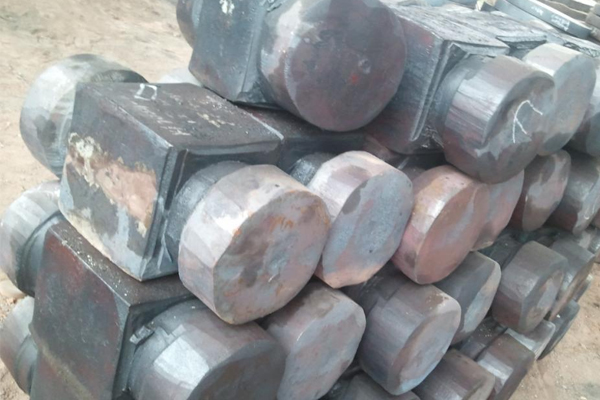Forgings of pickling and blast cleaning
Forgings are widely used in industry, such as aircraft, automobile and so on. Of course, forgings are also to be cleaned, the following is mainly to tell you about the knowledge of pickling and shot blasting forgings.
Pickling and cleaning of forgings:
Removal of metal oxides by chemical reactions. For small and medium-sized forgings are usually loaded into the basket in batches, after oil removal, pickling corrosion, rinsing, drying and other processes.
The pickling method has the characteristics of high production efficiency, good cleaning effect, no deformation of forgings and unrestricted shape. Pickling chemical reaction process will inevitably produce harmful gases, therefore, the pickling room should have exhaust device. Pickling different metal forgings should choose different acid and composition ratio according to the metal properties, and adopt the corresponding pickling process (temperature, time and cleaning method) system.
Forging sand blasting (shot) and shot blasting cleaning:
Mainly based on the compressed air as the power of sandblasting (shot), make the sand or steel shot produced high-speed movement (sandblasting working pressure of 0.2 ~ 0.3Mpa, shot peening working pressure of 0.5 ~ 0.6Mpa), jet to the forging surface to beat off the oxide scale. Shot blasting is by high speed (2000 ~ 30001r/min) rotating centrifugal force of the impeller, the steel shot to the forging surface to knock off the oxide scale.
Sandblasting dust, low production efficiency, high cost, more used for special technical requirements and special materials forgings (such as stainless steel, titanium alloy), but must adopt effective dust removal technical measures. Shot peening is relatively clean, there are also disadvantages of low production efficiency and high cost, but the cleaning quality is higher. Shot blasting is widely used for its high production efficiency and low consumption.
The above is the knowledge of forging pickling and shot blasting. I hope it will be helpful to you.
